Gilia sinuata, Rosy Gilia
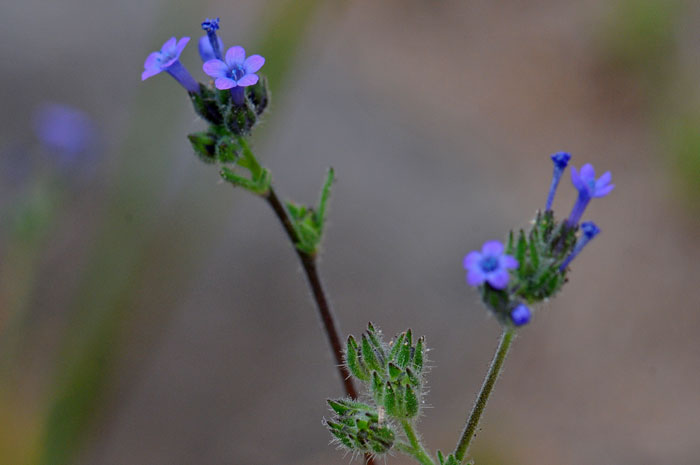
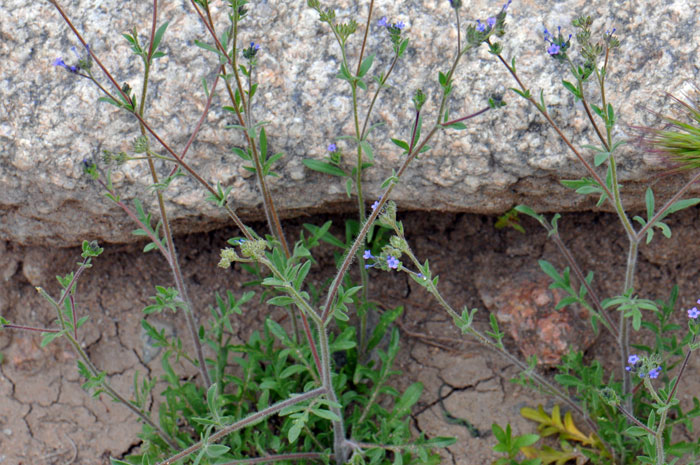
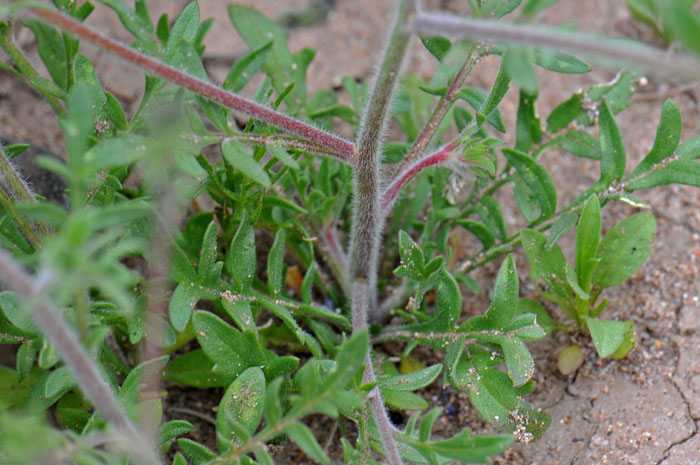
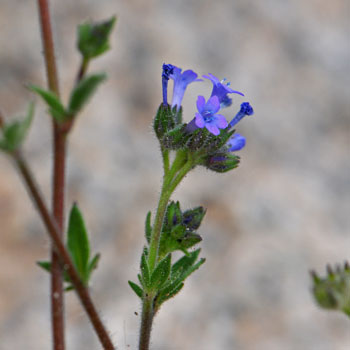
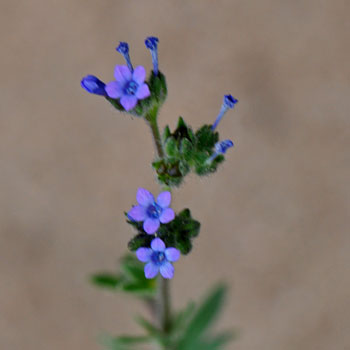
Scientific Name: Gilia sinuata
Common Name: Rosy Gilia
Also Called: Rosy Phlox
Family: Polemoniaceae, Jacob’s Ladder or Phlox Family
Synonyms: (Gilia inconspicua subsp. sinuata, Gilia inconspicua var. sinuata)
Status: Native
Duration: Annual
Size: Up to 12 inches tall.
Growth Form: Forb/herb; 1 or more stems erect or spreading from base, glabrous, glaucous below middle.
Leaves: Green; leaves from basal rosette, cobwebby pubescence, pinnate, lobes spreading, margins often dentate; cauline leaves clasping , margins dentate or entire.
Flower Color: Purple, pink or lavender, inflorescence with 1 to 3 flowers in clusters, flowers on a short pedicel; calyx with glandular hair (see photo above), corolla tubular, pink or lavender; stamens slightly exserted; fruit a capsule.
Flowering Season: February to June, April to June in California.
Elevation: Up to 7,000 feet, usually much lower.
Habitat Preferences: Common usually in open, sandy places, other open habitats including shrub land and woodland.
Recorded Range: Rosy Gilia is found in the western half of the United States and west Canada in British Columbia. In Arizona it is found in the northern half, central and south-central parts of the state. It is also native to northern Mexico.
North America & US County Distribution Map for Gilia sinuata.
U.S. Weed Information: No information available.
Invasive/Noxious Weed Information: No information available.
Wetland Indicator: No information available.
Threatened/Endangered Information: No information available.
The Plant List includes 40 species for the genus Gilia.
Comments: Rosy Gilia is extremely variable especially in leaf sizes and shapes.
In Southwest Desert Flora also see; Lesser Yellowthroat Gilia, Gilia flavocincta, and Star Gila, Gilia stellata.
Rosy Gilia is used by the Havasupai as food (preserves), the seeds are parched, ground, kneaded into seed butter, they are eaten with fruit drinks or bread. See ethno-botanical uses at Native American Ethnobotany, University of Michigan, Dearborn.

